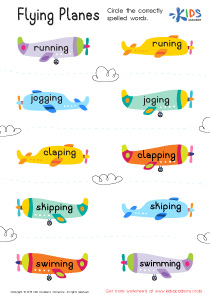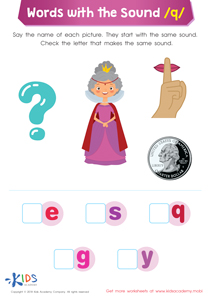Reading comprehension Consonant Digraphs Worksheets for Ages 4-6
6 filtered results
-
From - To
Enhance your child's reading skills with our engaging Reading Comprehension Consonant Digraphs Worksheets, specially designed for ages 4-6. These interactive worksheets focus on key digraph sounds, allowing young learners to explore words and develop essential phonemic awareness. Each activity fosters comprehension through fun exercises, promoting vocabulary growth and reading fluency. With vibrant illustrations and age-appropriate content, children will enjoy learning as they connect sounds with letters. Perfect for home or classroom use, our worksheets support early literacy development while building confidence. Explore our collection today and make reading an exciting adventure for your little one! Unlock their potential with enjoyable learning.
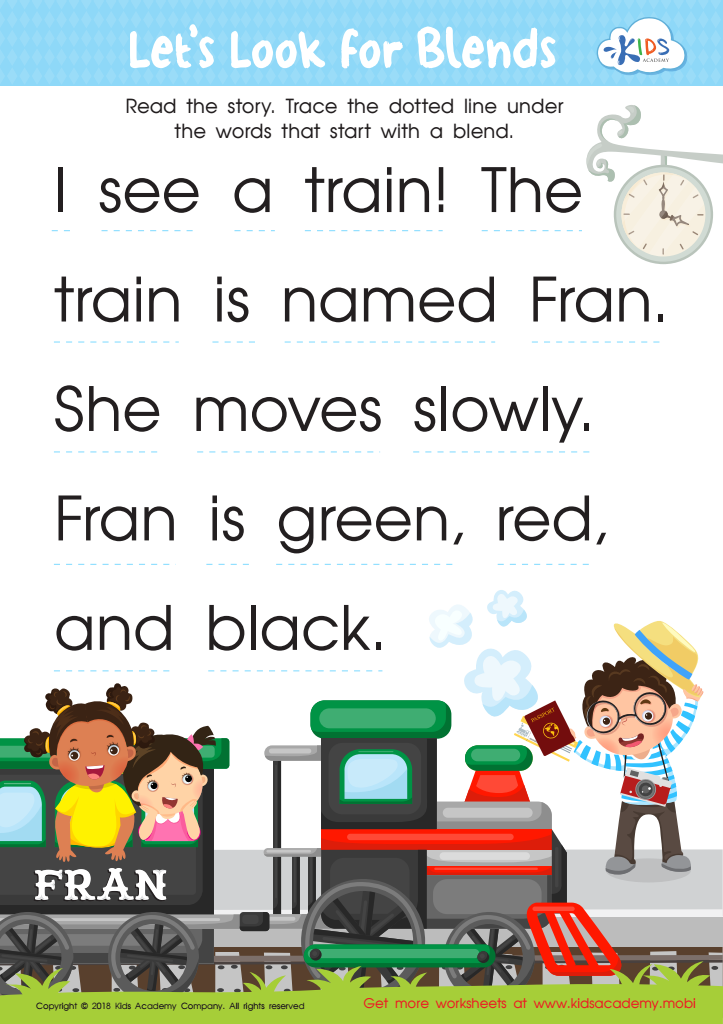

Let's Look for Blends Worksheet


Shhh... What Digraph? Worksheet
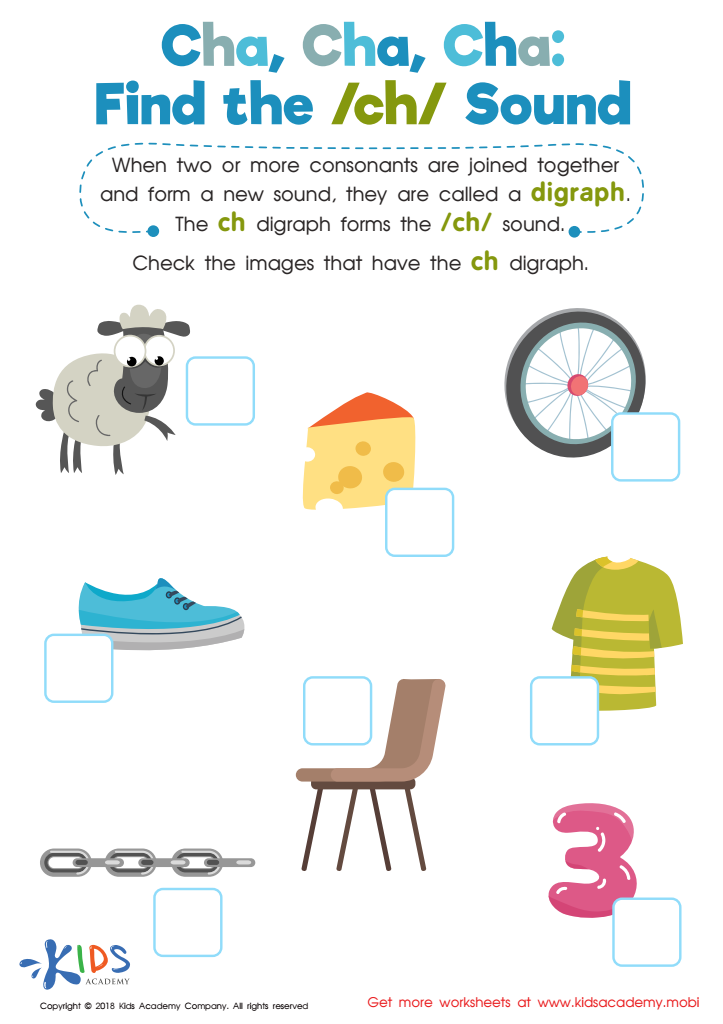

Cha, Cha, Cha: Find the /Ch/ Sound Worksheet
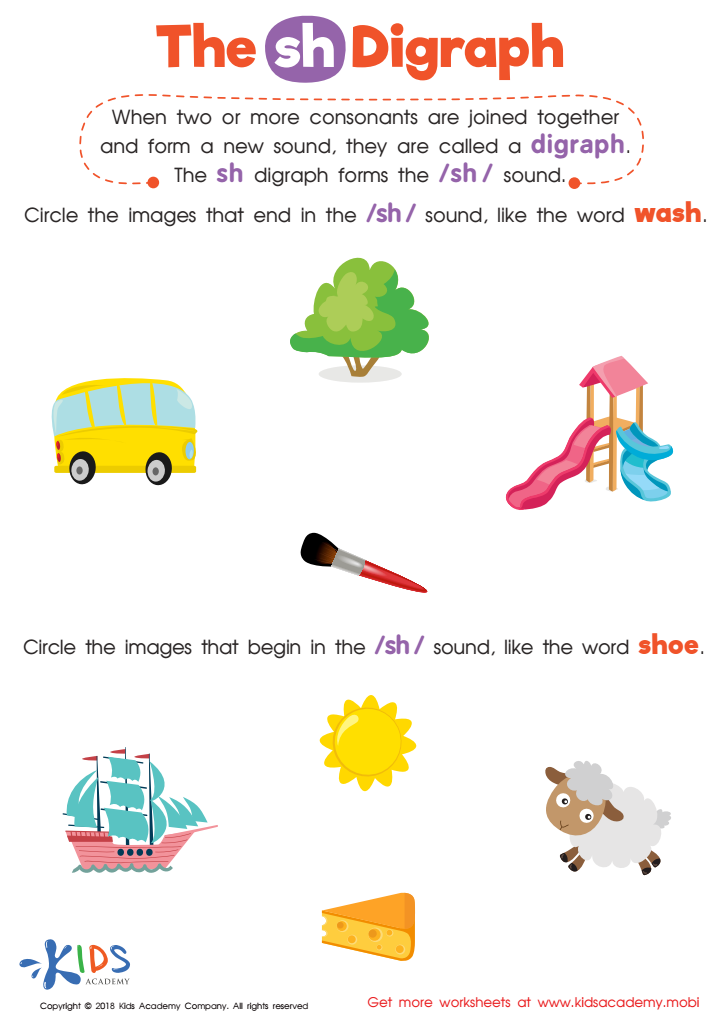

The SH Digraph Worksheet


Consonant Blends: "Dr" and "Tr" Printable
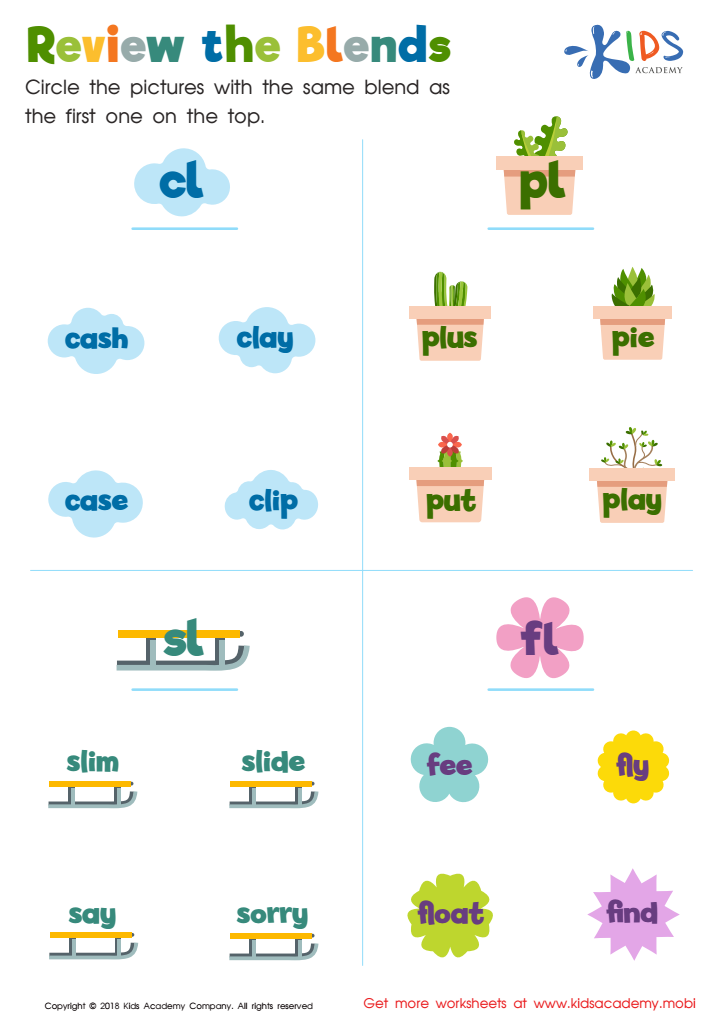

Review the Blends Worksheet
For children aged 4-6, mastering reading comprehension, including the understanding of consonant digraphs, lays a crucial foundation for literacy and language development. Consonant digraphs, which are pairs of consonants that together produce a single sound (like "sh" in "ship" or "ch" in "chat"), play an essential role in phonics instruction.
Parents and teachers should care about these elements as they directly influence a child’s ability to decode words and, consequently, comprehension. Early familiarity with digraphs enhances phonemic awareness—the critical skill needed for reading fluency. This sets the stage for successful reading experiences, fostering engagement with stories and texts, which in turn cultivates a lifelong love of reading.
Moreover, comprehension during this stage is about more than just words; it shapes cognitive skills and helps children make connections that deepen understanding. Engaging with digraphs through playful activities, songs, and stories can make learning enjoyable and interactive. By supporting children’s reading comprehension and phonics expertise, parents and teachers enable children to navigate more complex texts confidently, enhancing their overall educational journey and paving the way for academic success. Ultimately, nurturing these essential skills builds a solid foundation for lifelong learners.

 Assign to My Students
Assign to My Students




